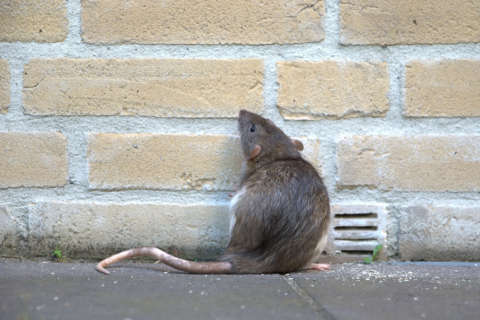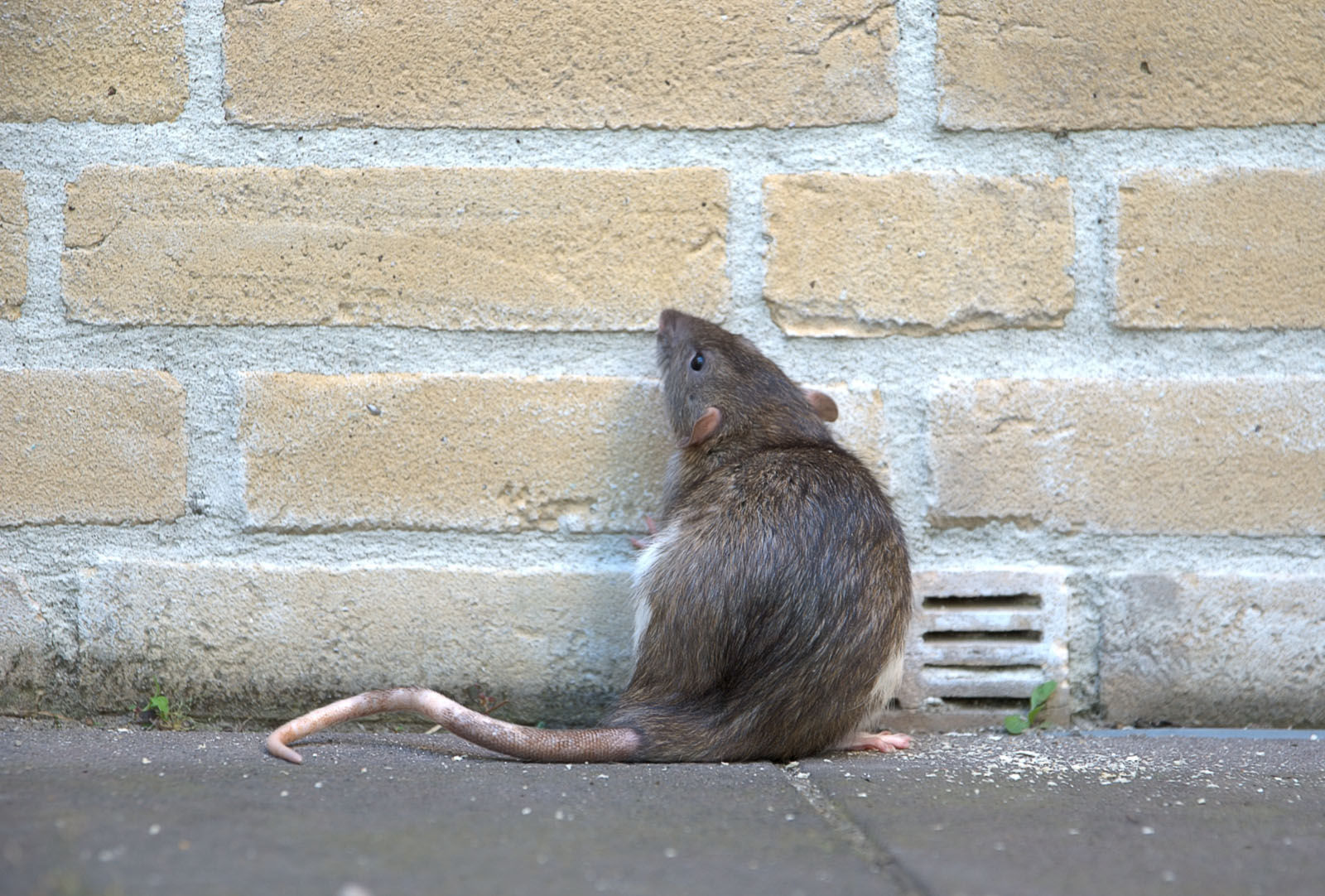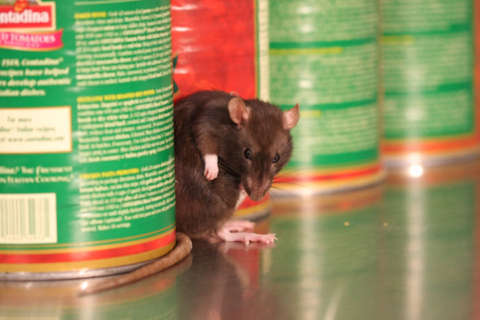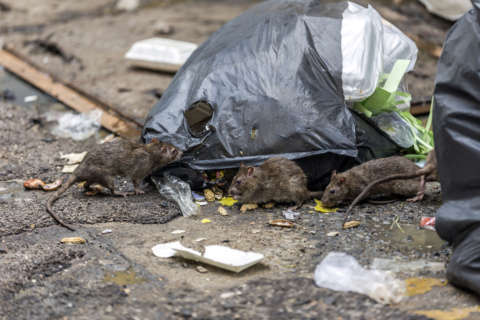
WASHINGTON — More people are worried they may have a pest problem. Whether or not the problem has gotten more severe in recent years, the city is stepping up its measures to combat the perceived threat.
Last year, the District saw the number of complaints about rats rise by 2,000, according to Gerard Brown, program manager of the D.C. Department of Health’s rodent control division.
Though more than half of the complaints did not turn up evidence of rat infestation, the city is about to devote even more resources to dealing with the problem, with new funding set to kick in this October.
Among the initiatives being funded is rat sterilization. “We’re going to do a pilot program with that to see how it works. They say it’s working good in New York,” Brown said. “(The chemical’s) kind of sweet and when the rats drink it, they get sterilized.”
He said another effective weapon has been dry ice, which has been used to attack a rat problem in DuPont Circle. In 2016, there were 150 rat burrows there. “I’ve been doing this 30 years and I have never seen that many rat burrows in one small place,” Brown said.
After treatments that included putting dry ice in burrows, which suffocates rats as it turns to carbon dioxide gas, the number of burrows is now likely in the single digits.
Another tactic involves handing out wire mesh that can be placed in the soil to prevent rats from burrowing.
Still, one of the most effective strategies may be reminding people to be more careful with waste. “Usually when you have a rat problem, it’s human behavior that causes it,” he said.
Julie Lawson, Director of the Mayor’s Office of the Clean City, agrees. “We’re looking for what can we do more citywide?” she said. That includes putting lids on trash cans and dumpsters, making sure public litter cans are not overflowing, alleys are kept clean and restaurants are managing grease and food waste.









